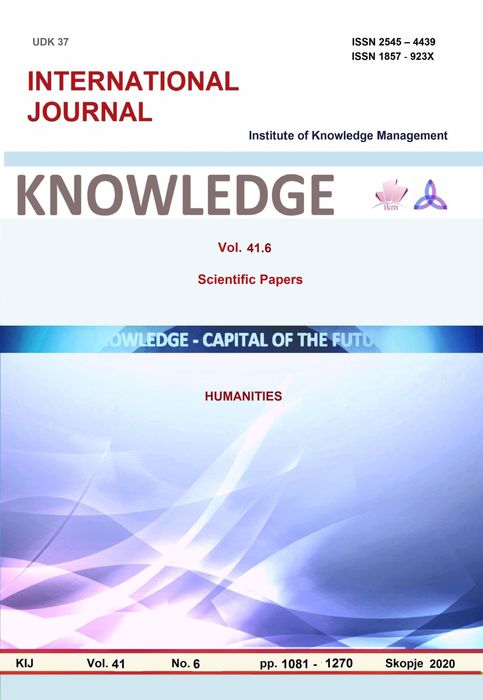NATURAL AND HUMAN POTENTIAL IN THE MUNICIPALITY OF SARANDA
NATURAL AND HUMAN POTENTIAL IN THE MUNICIPALITY OF SARANDA
Author(s): Andri HoxhaSubject(s): Micro-Economics, Tourism
Published by: Scientific Institute of Management and Knowledge
Keywords: coast; ecosystem; tourism; agriculture
Summary/Abstract: The territory of the Municipality of Saranda, is characterized by diverse physical-geographical conditions, which enable human development. Urban development, constructions without criteria and damage to the natural environment are the main phenomena that continue to cause mass migration of the active population. The geographical area lies in the southern part of the Republic of Albania and consequently stands out for a typical Mediterranean climate, which creates optimal conditions for the cultivation of subtropical crops, such as citrus, olive groves and viticulture. Within the territory lies the Butrint National Park, which contains extraordinary ecological and biological values. Butrint Lake is presented with dual lake and lagoon origin, being characterized by hydrological parameters very important for the growth of different species of fish and mussels. This great resource has created opportunities for the intensification of the fisheries and aquaculture sector within Butrint Lake and in the waters of the Ionian Sea. In the context of very complex tectonics, the anticlinal geological structures of Saranda and Bogaz are distinguished, consisting mainly of limestone and flysch, on which the main hilly ridges are formed in the west and east of the territory. The history of the population of the area belongs to the Neolithic period, where the early settlement of Xarra is distinguished. During the Hellenistic period, the ancient city of Butrint was founded, which was populated by the Illyrian tribes and the Greek colonists. The civilization of Butrint preserved its values even during the Roman period and until the early Middle Ages, until the city finally lost its importance, while throughout the historical evolution, it was intensively subjected to very active seismic movements, resulting in the destruction of the ancient city. The early core of the city of Saranda was the ancient settlement of Onhesmos. The city of Saranda is the administrative center of the municipality and is the main port in the southern part of Albania. At the south of Saranda is the urban center of Ksamil, which was founded during 1974, with the aim of protecting itself from the threat of invasion by the Greek state. Ksamil throughout the period of evolution of urban development has had a generally agrarian function, where the population coming from all areas of Albania, was employed in the agricultural sector, mainly for planting subtropical crops along the hills near coasts of the Ionian Sea, which represented the main products for export. The main economic activity is agriculture and livestock, which have received intensive development, after the irrigation engineering of the Vurgu and Mursia swamps in the years 1959-1960. Great perspectives are the parameters of the coastline configuration for the development of balnear tourism, which has created conditions for the expansion of tourist accommodation infrastructure and the formation of narrow belts of artificial beaches along the rocky coasts. The western part of the municipality is a coastal area that offers sufficient potential for the development of tourism and employment of a large part of the local population.
Journal: Knowledge - International Journal
- Issue Year: 41/2020
- Issue No: 6
- Page Range: 1249-1255
- Page Count: 7
- Language: English

